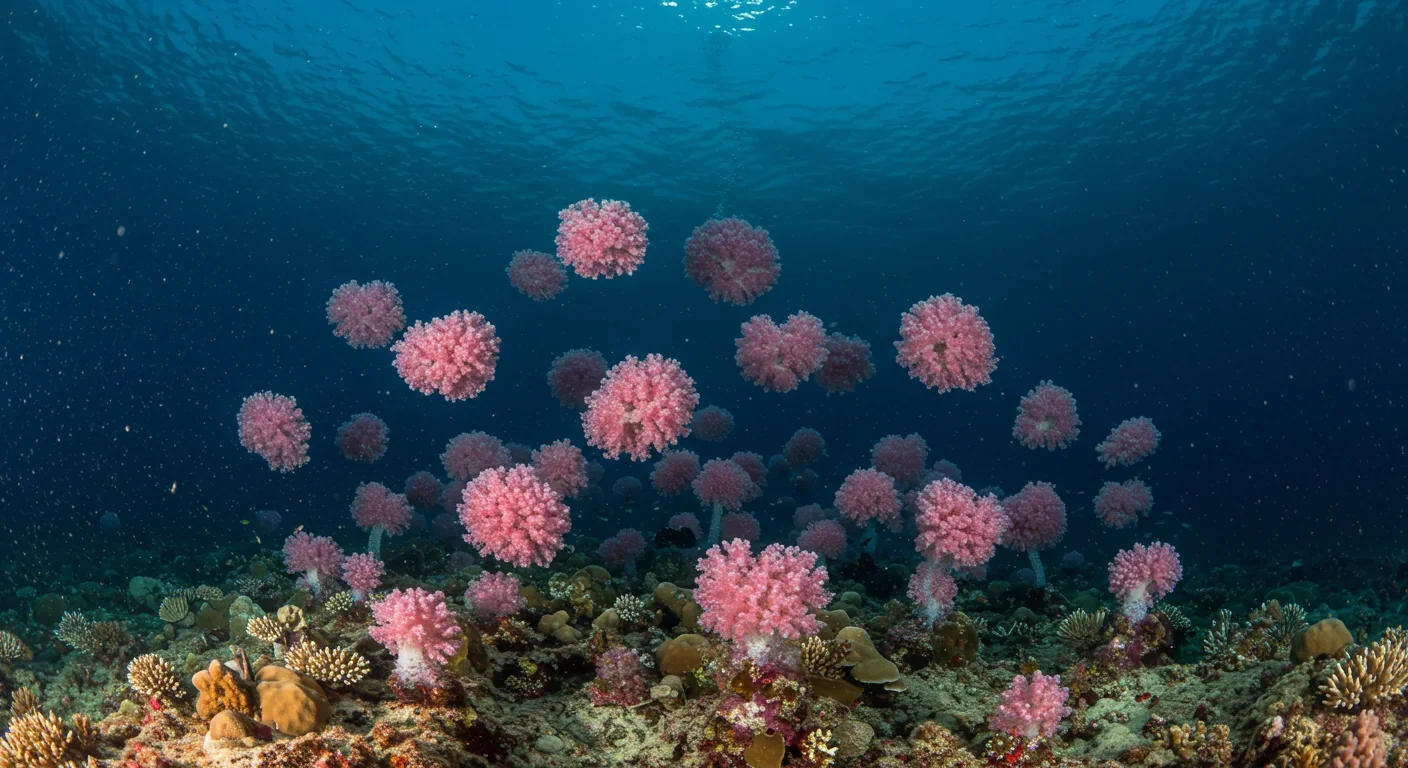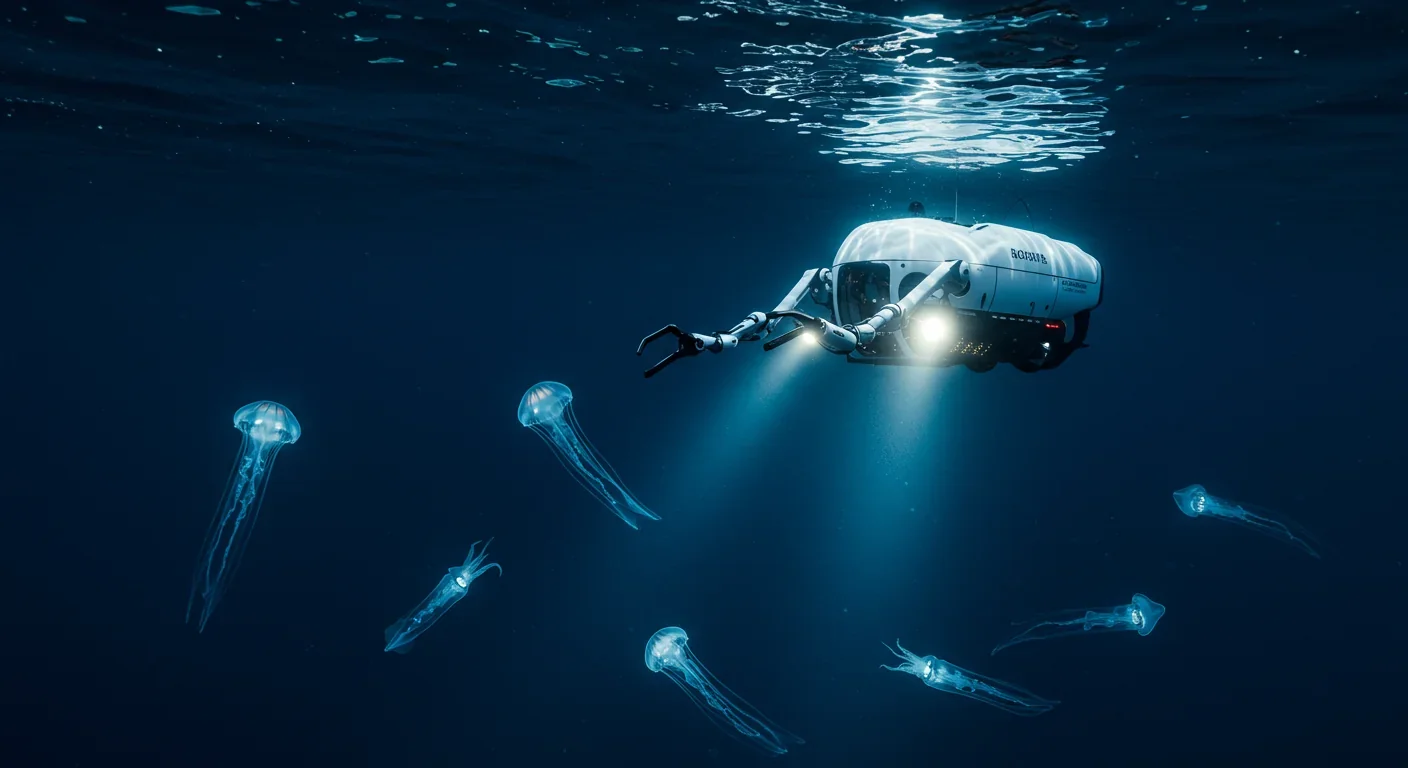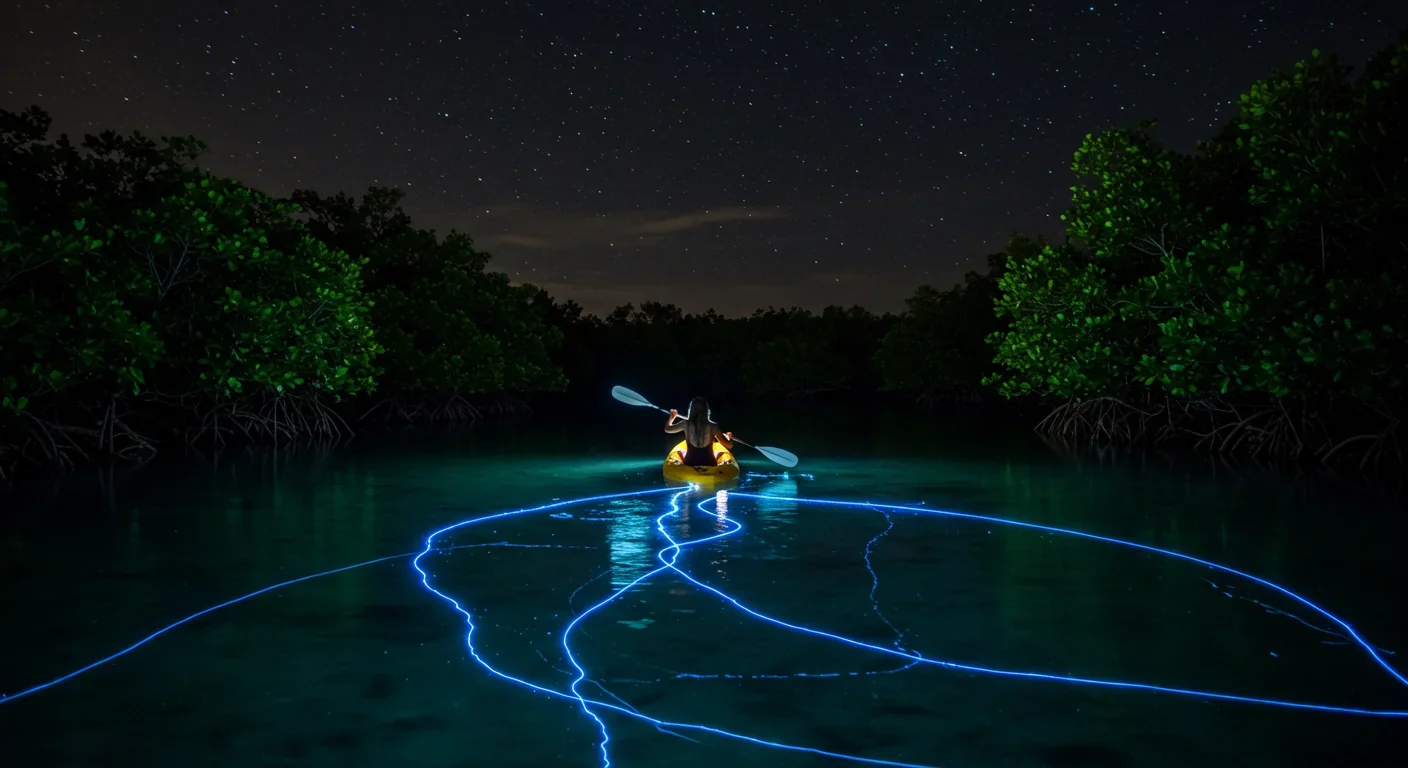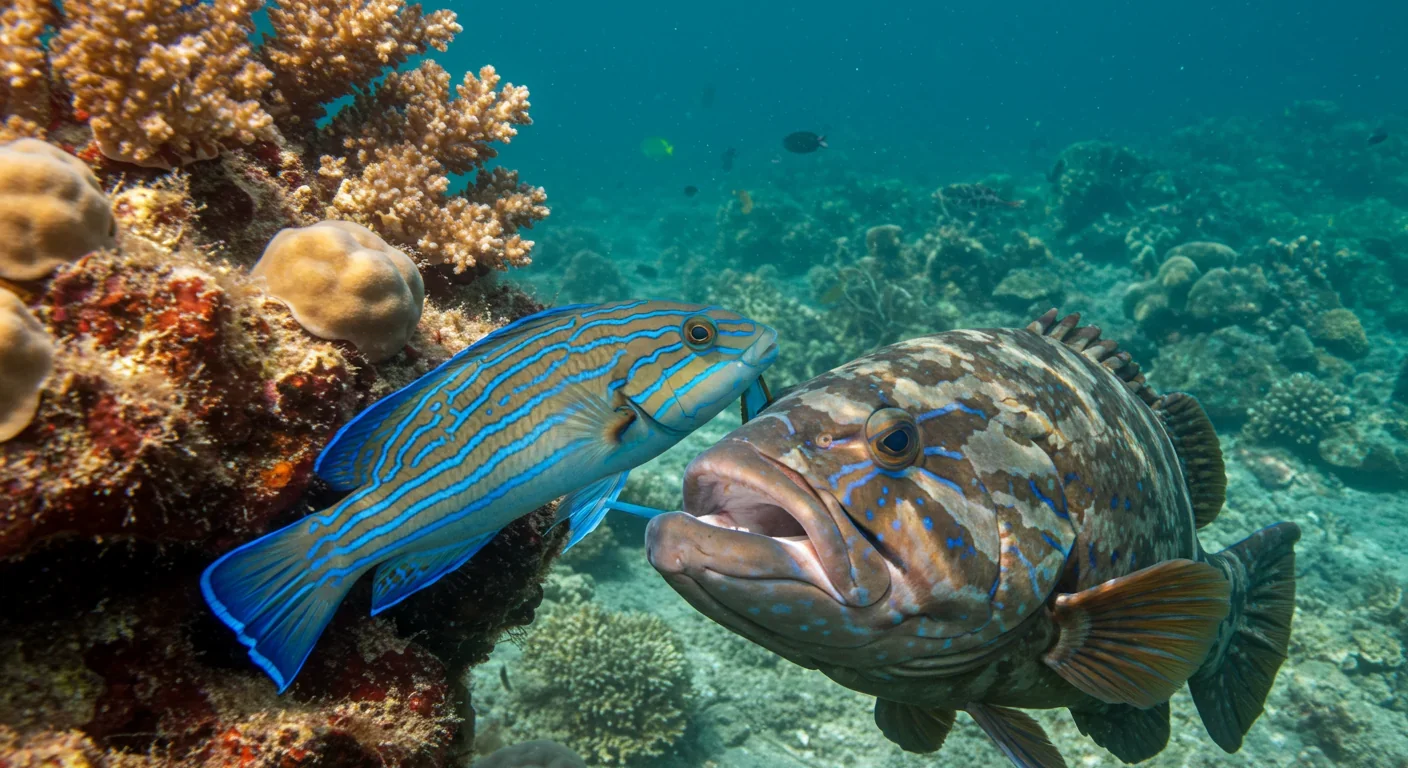Coral Spawning: Ocean's Greatest Reproductive Spectacle
Coral reefs worldwide release trillions of gametes in tightly synchronized bursts triggered by lunar cycles and darkness patterns. This mass spawning event sustains marine biodiversity but faces mounting threats from climate change, ocean acidification, and light pollution that disrupt timing mechanisms.



